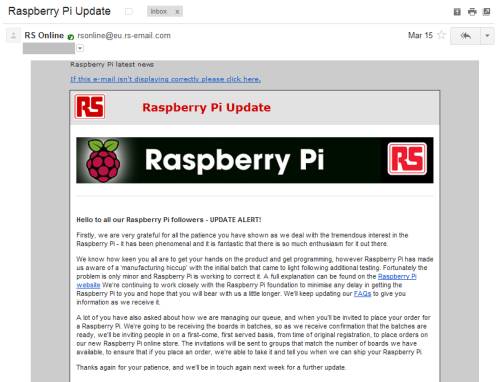

The advantage of Arch Linux over Debian here is that Arch Linux manages the Raspberry Pi's firmware within the package management system. If you don't understand an error, then it's probably best you ask here or try googling.
#Update raspberry pi os update#
If there are any errors, you can try updating the database first by running sudo apt-get update It's pretty easy just run sudo apt-get upgrade The userspace software must be maintained. Updating userspace and kernel Software - Debian/Raspbian

To update the software, run sudo rpi-update
#Update raspberry pi os install#
On Raspbian, you can install it by running sudo apt-get install rpi-update You can update the firmware using rpi-update by Hexxeh. Cross-compilation is the subject of other questions, such as How do I cross-compile the kernel on a Ubuntu host? Updating the GPU firmware - Debian/Raspbian On the other hand, you can compile your own kernel image from source. It's not possible to compile your own GPU firmware image, because it is closed source, so we rely on the Foundation and Broadcom to supply this. You must use Unix's dd or Windows' Win32DiskImager to load this on an existing SD card. You can buy preloaded SD cards from the retail partners of the Foundation.Īlternatively, the Foundation regularly release new SD cards images at. In order to use the Raspberry Pi, both sets of files must be in the correct locations on the SD card.

The two separate units are on the same chip and share memory, which is segregated at boot time according to hard-coded start.elf files. The GPU firmware, on the other hand, manages the graphical processing unit (GPU). The kernel is responsible for managing the resources of the Raspberry Pi and runs on the central processing unit (CPU). It used to be necessary for updates but isn't anymore. It is an unstable version of the firmware. rpi-update should not be used unless specifically advised to by an RPi engineer / beta-testing. EDIT: Since this post was written, the advice has changed.


 0 kommentar(er)
0 kommentar(er)
